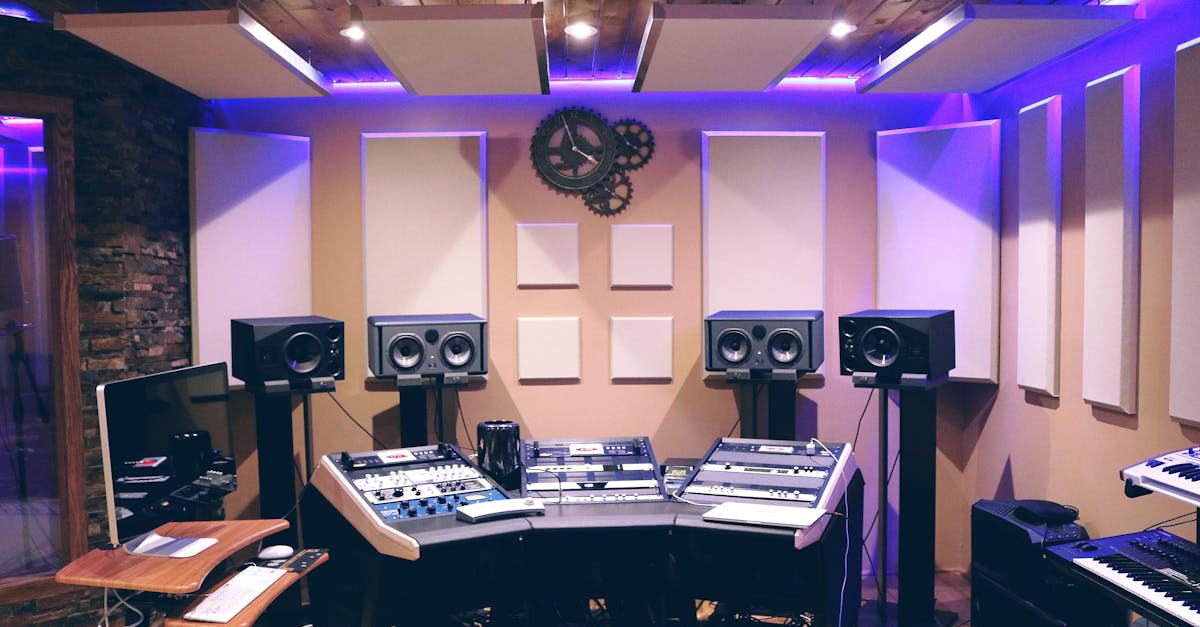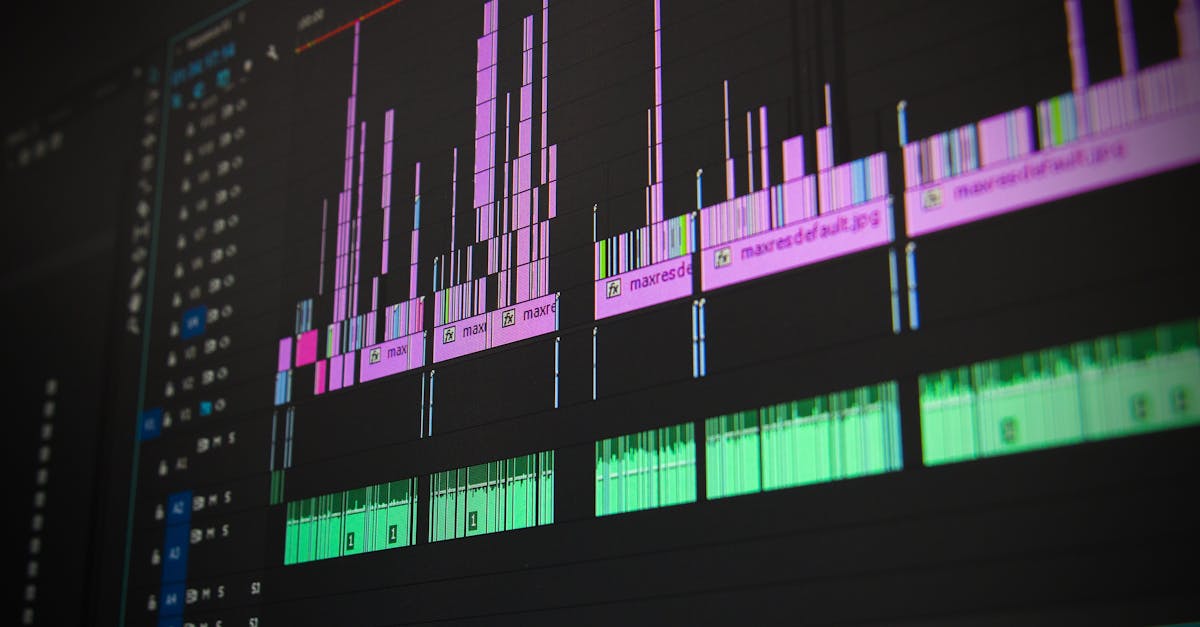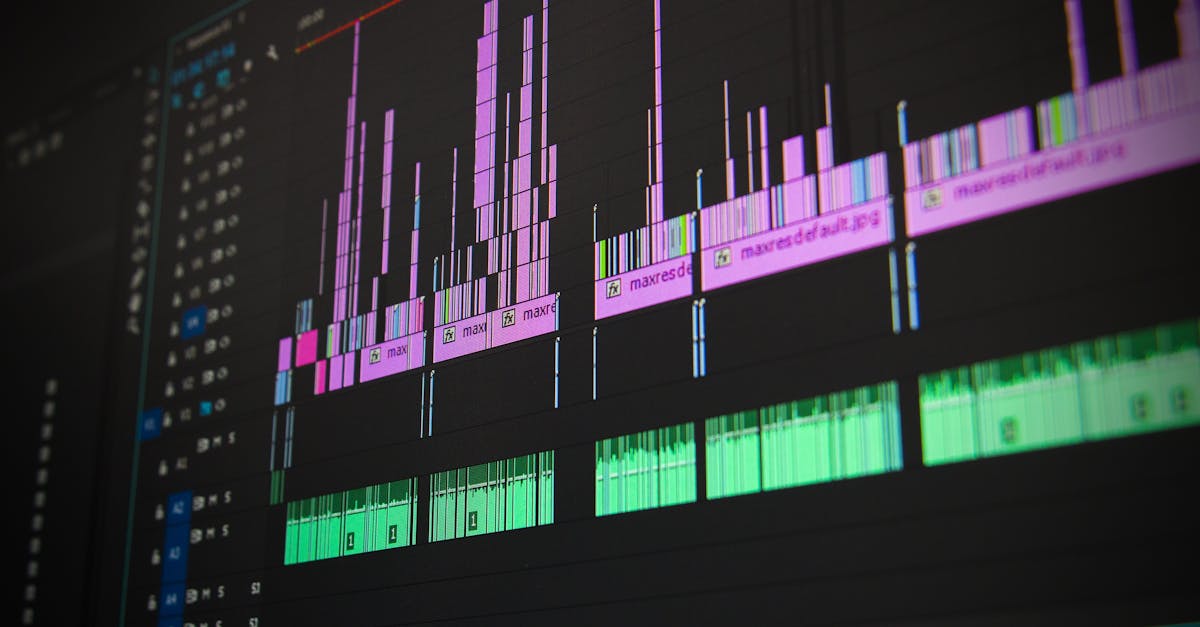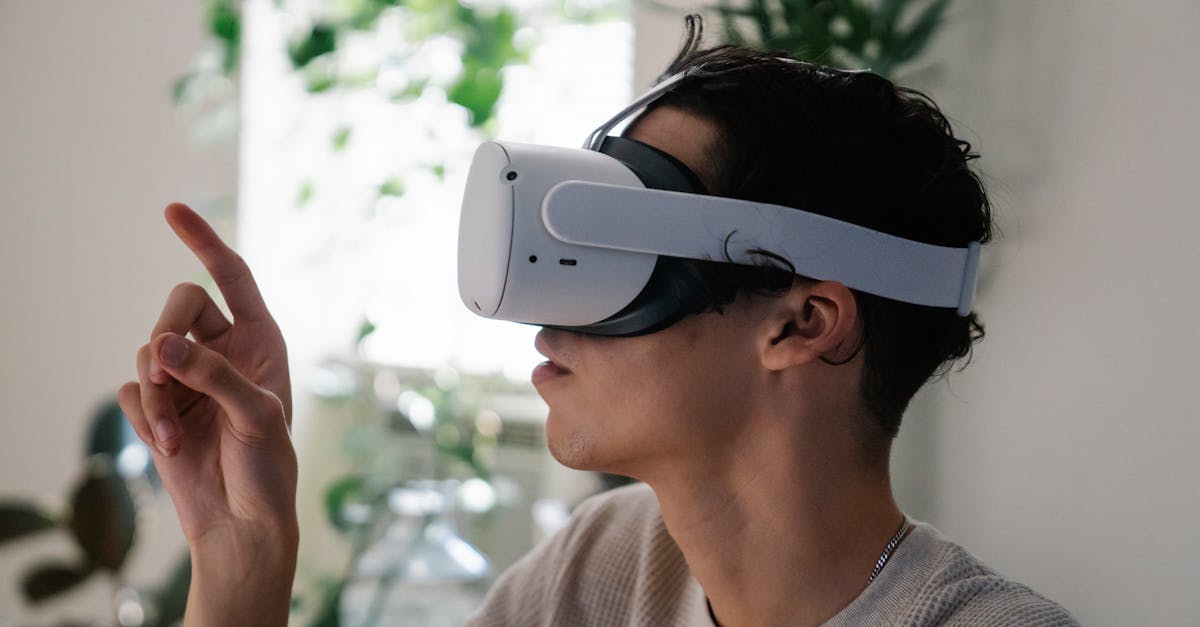Sonic Symphonies Audio Revolution 2025
Introduction
The year 2025 has been marked by a monumental shift in how we experience sound, thanks to the Sonic Symphonies Audio Revolution. This transformative leap in audio technology has elevated the way we listen to, create, and interact with music and sound on a daily basis. Fueled by cutting-edge advancements in artificial intelligence, quantum computing, and holographic audio, this revolution is reshaping the soundscape landscape. No longer just science fiction, these innovations offer a richer, multi-dimensional audio experience, creating a more immersive environment. As industries from entertainment to healthcare harness these technologies, their implications reach far beyond music. Here, we unravel what makes the 2025 Sonic Symphonies Audio Revolution a game-changer in today’s world.
Advertisement
The Evolution of Audio Technology
Audio technology in the previous decades made significant strides, yet the 2025 revolution represents a quantum leap forward. Traditional methods of recording, processing, and reproducing sound are being replaced with technologies capable of offering ultra-high-fidelity sound experiences. Quantum computing has harnessed the phenomenon of superposition to generate complex soundscapes in real-time, elevating standard listening experiences to unprecedented levels. With material science advancements, speakers and headphones now deliver pristine sound quality using ambient energy, reducing the need for conventional power sources. These breakthroughs in technology form the cornerstone of the Sonic Symphonies Audio Revolution.
Advertisement
AI-Driven Audio Personalization
One of the standout features of the audio revolution is the rise of AI-driven personalization in sound experiences. Machine learning algorithms now analyze listening habits, adjusting audio outputs in real-time to meet personalized user preferences. This idealized listening experience ensures that music aligns with emotional states, scheduling needs, and real-world environments. From automatic equalizer adjustments in transition from a noisy street to a quiet room, to creating on-the-fly music compositions based on current mood, AI is driving music personalization to new heights. Such advancements have not only enhanced individual enjoyment but have also opened new avenues in therapeutic sound experiences.
Advertisement
Holographic Audio and Immersive Experiences
The introduction of holographic audio marks a groundbreaking change, allowing sound to interact with its environment three-dimensionally. This innovation engulfs listeners in a sound field that feels like a live performance, regardless of physical location. Using multi-channel speakers and headsets, users can now experience peerless spatial realism, as if instruments and artists are performing in their presence. This realism extends to virtual concert and event experiences, revolutionizing live performances that often struggle with accessibility and logistics. Holographic audio systems are transforming living rooms into concert venues, offering unparalleled immersion and realism.
Advertisement
Impacts on the Music Industry
For the music industry, the Sonic Symphonies Audio Revolution has opened new frontiers and opportunities. With these innovations, artists can produce more complex and layered compositions, previously impossible with traditional technology. This has given rise to a new wave of artists experimenting with soundscapes that challenge the limits of creativity. These technologies also allow listeners to participate in real-time composition, turning passive listening into an interactive creative process. As a result, both seasoned musicians and emerging artists are finding new ways to engage with fans, imperatively changing the dynamics of music creation and consumption.
Advertisement
Applications Beyond Entertainment
Far beyond entertainment, these audio advancements are reshaping industries like healthcare, education, and virtual communication. Sound therapy has benefited tremendously, with customized audio treatments helping manage stress, pain, and mental health. Education is experiencing a paradigm shift with immersive audio providing engaging virtual classrooms where lessons come to life. Virtual meetings now replicate in-person interactions using spatial audio to reduce fatigue and enhance concentration. The widespread adoption of audio technology in multiple sectors showcases the profound impact of the Sonic Symphonies Audio Revolution beyond the entertainment sphere.
Advertisement
Sustainability and Technology Integration
Sustainability is central to the 2025 audio advancements, where energy-efficient technologies reduce waste while enhancing functionality. Innovations like ambient energy-powered devices eliminate the need for batteries and electrical inputs, emphasizing eco-friendliness. Quantum computing, too, provides an energy-efficient alternative to traditional microprocessors. Moreover, integration with smart home systems allows for seamless transition and adaptation of sound environments, irrespective of room size or configuration. Such thoughtful integration promises a reduction in environmental impact while maximizing user convenience, making audio technology both sustainable and adaptable.
Advertisement
Challenges and Ethical Considerations
With every leap forward comes challenges and ethical considerations. Privacy concerns arise as AI systems collect and analyze personal data to customize audio experiences. Ensuring that data usage and retention respect user confidentiality is paramount for consumer trust. There are also challenges in maintaining universal accessibility, ensuring new technologies remain affordable and inclusive. Additionally, as AI-generated music proliferates, questions of authenticity and intellectual property gain prominence. Addressing these issues is crucial for the sustained and ethical growth of the audio revolution, creating a transparent and equitable future for all participants.
Advertisement
Looking Ahead: Future Innovations
The Sonic Symphonies Audio Revolution is merely the beginning. As technology continues to evolve, we can anticipate even more groundbreaking advancements driving future innovations. The prospects of integrating augmented reality (AR) with audio holds the potential to create experiences that combine sights and sound into unfathomable interactive storytelling. Virtual reality (VR) will further mature, offering entirely sensory-rich experiences that push the boundaries of narrative and performance. As creators and technologists continue to collaborate, this revolution promises to shape the future soundscape in previously unimaginable ways.
Advertisement
Conclusion
The Sonic Symphonies Audio Revolution 2025 signifies a transformative shift that is redefining our relationship with sound. Advancements in AI, holographic audio, and sustainable technology are enriching not only the listening experience but also various sectors beyond entertainment. Yet, with these immense benefits, comes the responsibility of addressing ethical and privacy issues to secure consumer trust. Looking forward, the potential for further technological breakthroughs hints at an exciting horizon, promising to revolutionize how we interact with audio. Ultimately, the Sonic Symphonies Audio Revolution is redefining what it means to hear, listen, and experience sound.
Advertisement







